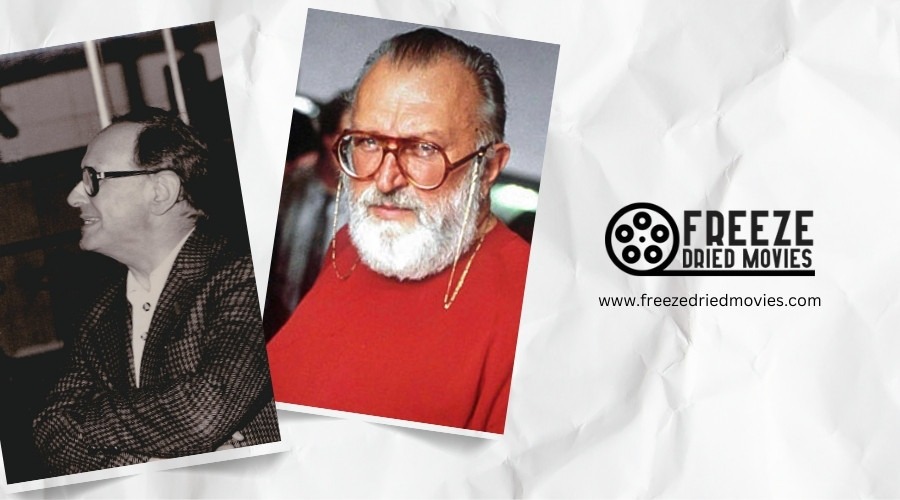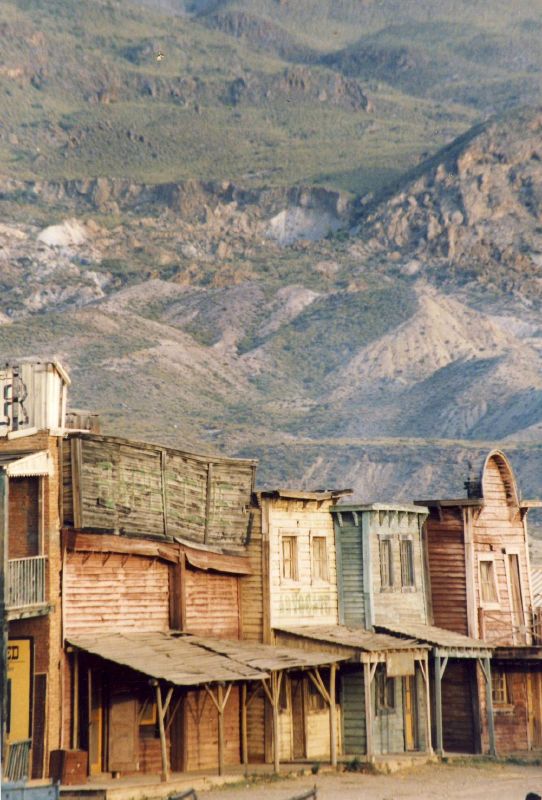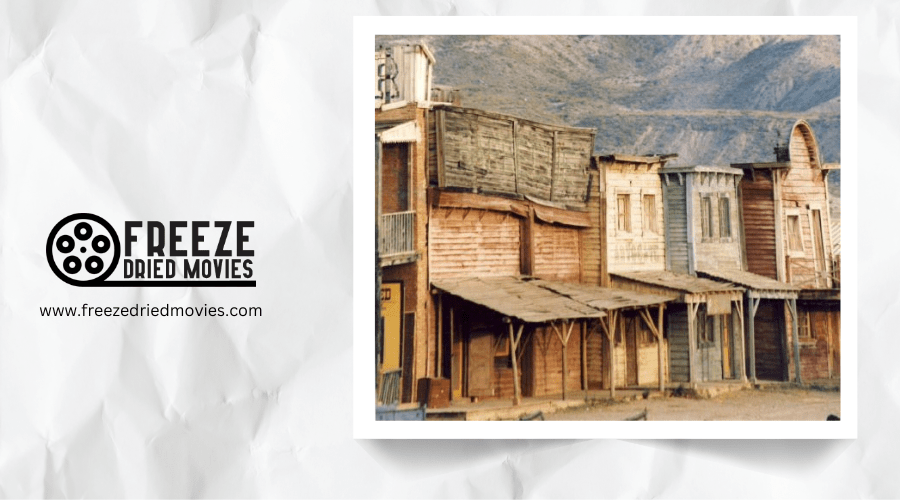Revival of Spaghetti Western Aesthetics in 21st-Century Cinema

When you watch films like "Django Unchained" or "The Revenant," you're witnessing the unmistakable fingerprints of Sergio Leone's revolutionary vision. Today's directors haven't merely borrowed the spaghetti western aesthetic—they've transformed it into a powerful visual language that speaks to modern audiences. From extreme close-ups that reveal character truths to morally ambiguous protagonists traversing harsh landscapes, these techniques have migrated beyond westerns into diverse genres. But what drives filmmakers to continually return to this distinctive Italian interpretation of American mythology?
The Enduring Legacy of Sergio Leone: A Blueprint for Modern Filmmakers
Three defining elements of Sergio Leone's filmmaking continue to shape contemporary cinema: his revolutionary visual language, moral ambiguity, and genre-subverting storytelling. When you watch films like "A Fistful of Dollars" or "The Good, The Bad and The Ugly," you're experiencing techniques that directors still emulate today—extreme close-ups that reveal character through microexpressions and long takes that build unbearable tension.
Leone's spaghetti Westerns abandoned the clear heroes and villains of traditional Westerns, instead presenting complex characters motivated by greed and survival. This moral complexity finds new life in works like Quentin Tarantino's "Django Unchained," which borrows Leone's visual grammar while exploring similar ethical territory.
The marriage of Ennio Morricone's haunting scores with Leone's meticulous visual compositions created an aesthetic that remains powerfully influential decades later. Leone's approach shares much with Brando's commitment to emotional authenticity, transforming conventional genre expectations through raw, naturalistic performances.
Neo-Western Visionaries: Directors Reimagining the Dusty Frontier
Several visionary directors have emerged in the 21st century who don't merely imitate Leone's style but transform it into something distinctly modern. You'll notice how Tarantino's films like Django Unchained embrace the gritty atmosphere and complex characters that defined Sergio's iconic genre while adding his distinctive narrative flair.
Iñárritu's The Revenant captures the unforgiving landscapes central to western movies, extracting their raw essence while exploring deeper human themes. Meanwhile, Villeneuve's Sicario brilliantly translates spaghetti western elements to contemporary border conflicts, particularly in his use of music and stark visual compositions.
These filmmakers aren't simply recycling old tropes—they're reinvigorating modern cinema by distilling what made the originals revolutionary. They've recognized that Leone's blueprint offers timeless storytelling potential when viewed through fresh, contemporary lenses. Many draw inspiration from Steve McQueen's revolutionary approach to creating morally complex antiheroes that challenged traditional Western protagonist archetypes.
Brutal Reality vs. Mythic West: The Spaghetti Aesthetic in Contemporary Narratives
While Hollywood's classic westerns often glorified frontier expansion through heroic narratives, today's filmmakers have embraced the spaghetti western's unflinching brutality to dismantle these romanticized myths. You'll notice how the American Western has transformed, adopting extreme close-ups and relentless pursuit sequences reminiscent of Leone's genre-defining style.
Films like The Revenant channel the Spaghetti aesthetic through morally ambiguous protagonists who'd make the Man with No Name nod in approval. Their stark portrayal of frontier violence isn't merely stylistic—it's purposeful deconstruction.
Where traditional westerns celebrated conquest, these modern interpretations expose the blood-soaked reality beneath historical mythology. The film industry has recognized that the Italian western's pessimistic worldview more accurately reflects our contemporary understanding of westward expansion—a complex moral tragedy rather than a triumphant march of civilization.
These contemporary westerns explore the same complex moral dilemmas that directors of the 1940s began introducing to the genre, but with heightened intensity and visual brutality.

Music as Character: Echoes of Morricone in Today's Western Soundscapes
Beyond the visual brutality that defines modern Westerns lies an equally transformative element: the soundtrack that breathes life into these dusty, violent worlds. Ennio Morricone's collaborations with Sergio Corbucci and scores for classics like "The Good, the Bad and the Ugly" and "Once Upon a Time in the West" have left an indelible mark on the genre.
Morricone's influence extends beyond mere homage when watching contemporary Westerns. Modern composers would often breathe new life into their scores by adopting his signature blend of discordant minimalism and haunting melodies. Tarantino's films exemplify this connection, directly incorporating Morricone's work while maintaining his atmospheric isolation.
Today's Western soundscapes continue this tradition, using music not simply as background but as an essential character that defines the emotional landscape.
Visual Homage: Cinematography Techniques Borrowed From Italian Masters
Three distinctive visual signatures define the spaghetti western revival in modern cinema: extreme close-ups that linger on weathered faces, sweeping panoramic vistas that dwarf human figures, and stark compositional contrasts that heighten dramatic tension.
When you watch films like "The Great Silence," you'll notice how techniques directed by Sergio Leone continue to captivate audiences today. Modern filmmakers pay homage to these Italian masters through high-angle framing and desaturated color palettes that have become synonymous with authentic western storytelling.
Unlike John Ford's more romanticized approach, today's directors embrace the gritty, dust-filled environments and unconventional editing that defined this influential film genre. You'll recognize the jarring jump cuts and abrupt shifts that create unpredictable pacing—visual language that speaks to character isolation and moral ambiguity in our contemporary western landscape.
Anti-Heroes for a Complex Age: The Evolution of the Spaghetti Western Protagonist
The visual language of spaghetti westerns shapes not only how these films look but fundamentally who inhabits their stark landscapes. When this article was originally published, critics had already recognized how Sergio Leone's morally ambiguous "Man with No Name" would later inspire countless complex protagonists. You'll notice how traditional heroism would go extinct as these films embraced characters driven by self-interest rather than virtue.
Django would come to exemplify the Golden Age of spaghetti westerns through its nihilistic protagonist who challenges simplistic justice. The best Spaghetti western anti-heroes blend charisma with moral compromise, a formula now embedded in modern filmmaking. From No Country for Old Men to Hell or High Water, today's complex characters owe their DNA to those Italian gunslingers who first showed that heroes need not be heroic.



